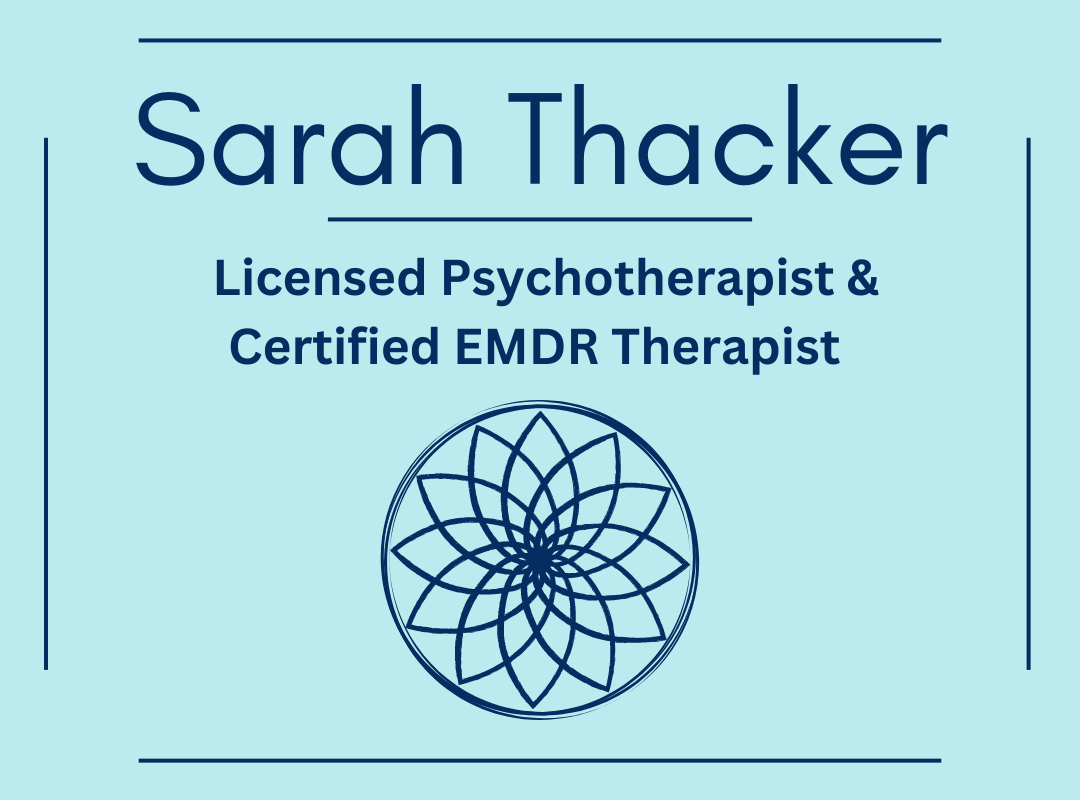Mindfulness is paying attention from moment to moment with a non-judgmental awareness. The creative process is when you are fully immersed—in mind, body, and spirit—in the act of creating. Both states are healing and life enhancing, and offer direct access to the deepest roots of emotional eating. When truly engaged in the creative process, it’s an act of mindfulness, as well as an opening to become aware of the messages your emotions provide you.
Quieting your mind and engaging with a sense of flow allows for you to access creativity at the deepest (or highest) level. When truly connected to the creative process in a mindful state, everything else dissolves. This offers a sense of timelessness, a complete absorption that is truly powerful. This space of complete absorption, or flow, is where the healing happens. In this state you can connect with your true self and begin to have deeper, richer, and fuller emotional understanding and awareness.
Engaging with the creative process is not limited to making art! While art making is certainly a powerful faction of creativity, there are absolutely no limits to the creative process. The definition of creativity is: the ability to make new things or think of new ideas.
Making music, singing, writing, painting, drawing, working with clay, cooking, dancing, moving, digging in the earth, communing with nature, photography, how you decorate your home, how you express yourself through your personal style... -creativity really is limitless. When immersed in the creative process, you are connected to something beyond the realm of self. Mindfully engaging in the creative process allows you to become more comfortable and aware of your true self and your emotions rather than attempting to escape them with food.
The outcome of the creative process is not the focus. While the outcome may hold value for you, the process is where the healing occurs. Integrating the creative process with mindfulness, you can explore the challenge of emotional eating through your experience of the present moment, emotional awareness, and an expanded consciousness. Engaging with the creative process in a mindful manner will bring you in touch with your inner emotional world and offer a way to witness it, explore it, experience it and let it go. Often the driving force behind emotional eating is fear and avoidance. The creative process addresses those head on and mindfulness creates a renewed perspective on your emotions within the here and the now.
When you give yourself permission to tune into your emotions creatively, you free yourself from the fear and avoidance that drives you to soothe with food. Your personal process may be writing a poem, story, song, or in a journal where you can connect with and release your emotions. Creating an art piece with any art materials offers a space for the psyche to rest, where emotions can be held, witnessed and respected. A physical movement or dance can depict, express and physically relieve deep emotional experiences. Allowing yourself the opportunity to connect with the rich internal world of emotions helps to reduce fear surrounding facing emotions and is empowering.
Allow time and space for your mindful and creative process to unfold. Whatever emotion is present, let it flow freely from within. You will become more and more comfortable with your emotions over time while beginning to see more clearly what messages your emotions are there to provide. Engaging mindfully with your creative self is life affirming and powerful. No matter what creative medium you connect with, no matter how you express your internal experience, tap into the creative process and see what magic may unfold for you along your path to healing your relationship with food.
As you allow yourself the opportunity to know yourself through the inner-workings of your mind, heart and soul, you will live with a deep sense of peace and contentment. When you are at peace with yourself you are at peace with food.



